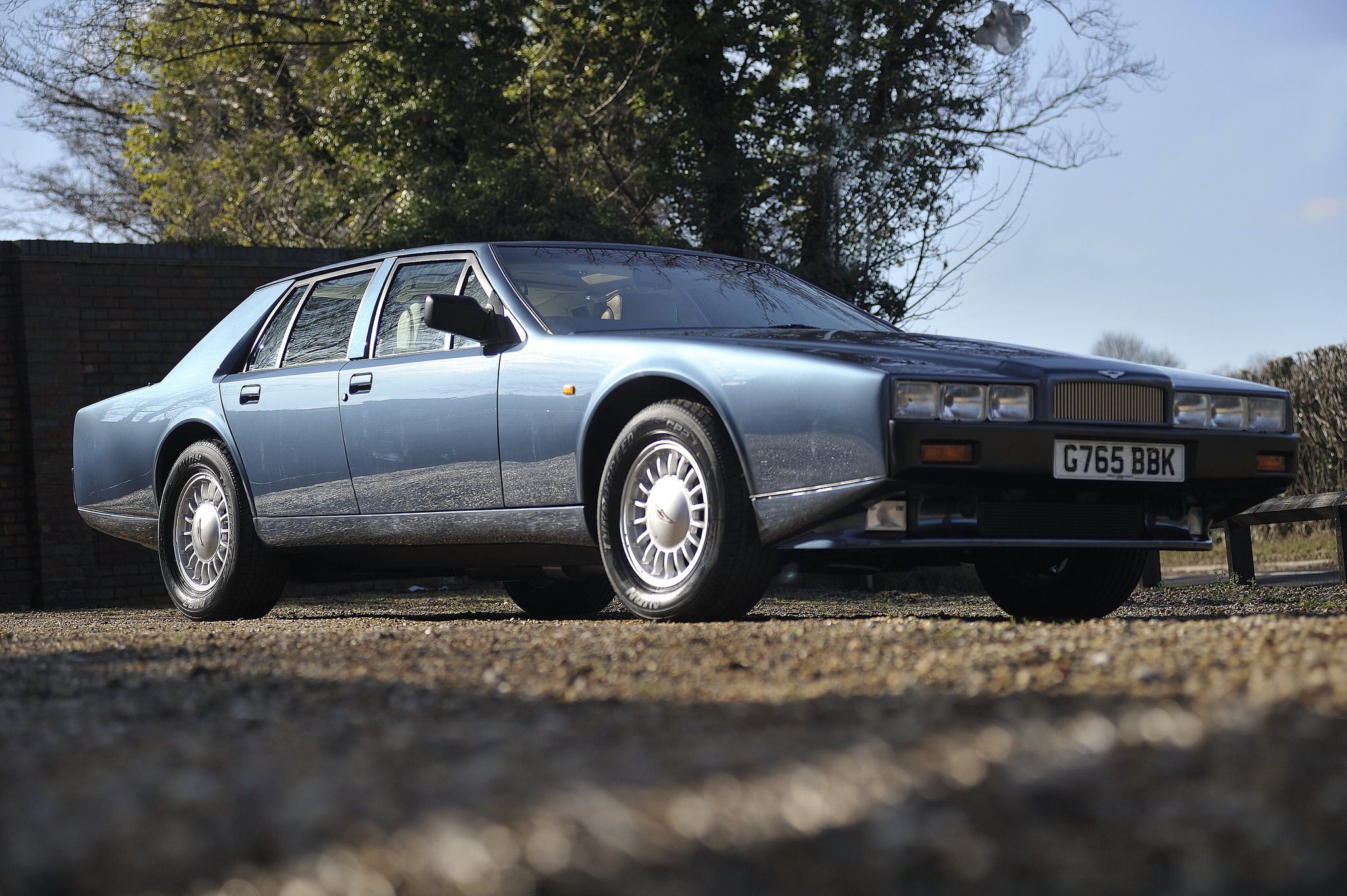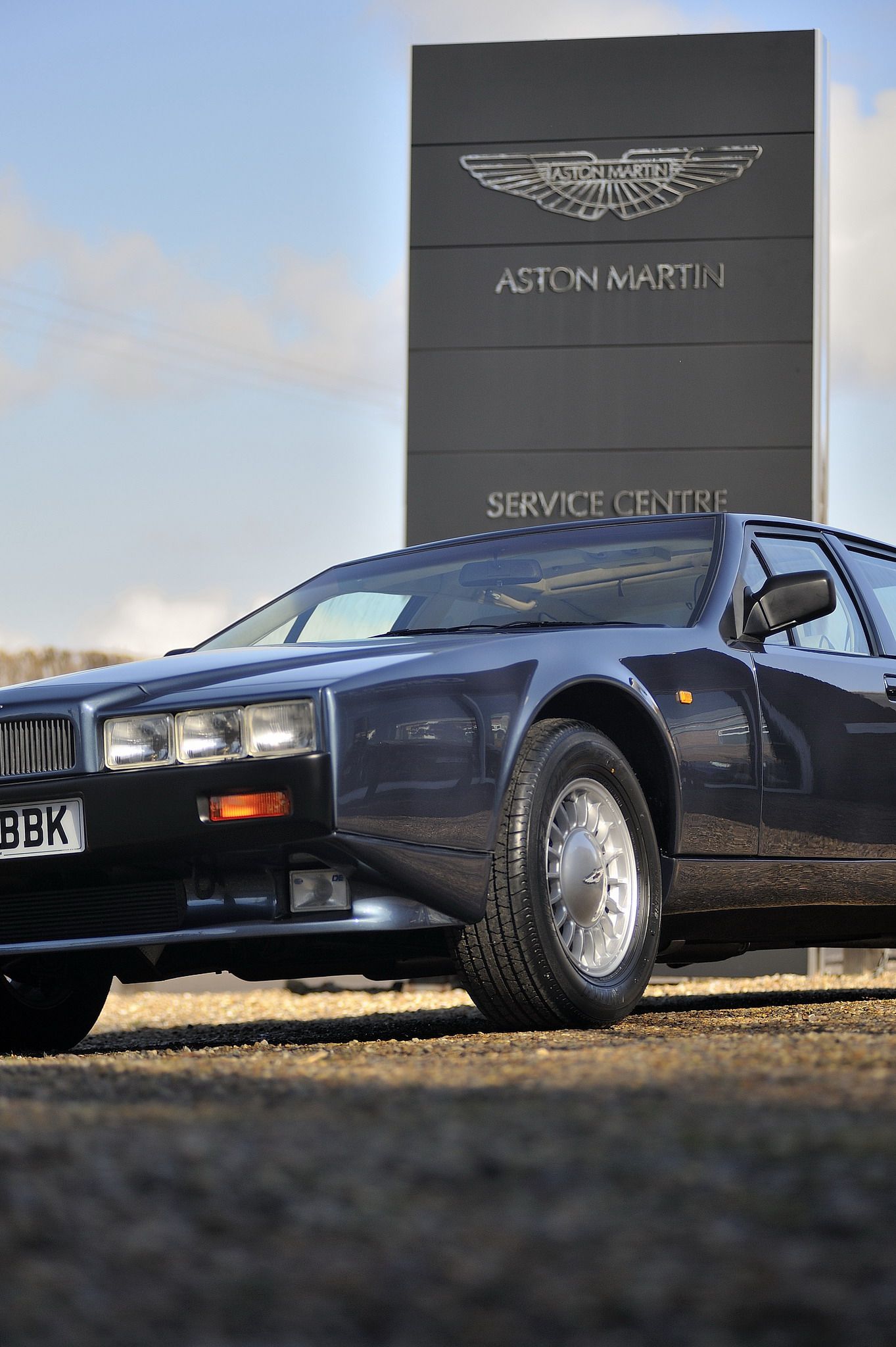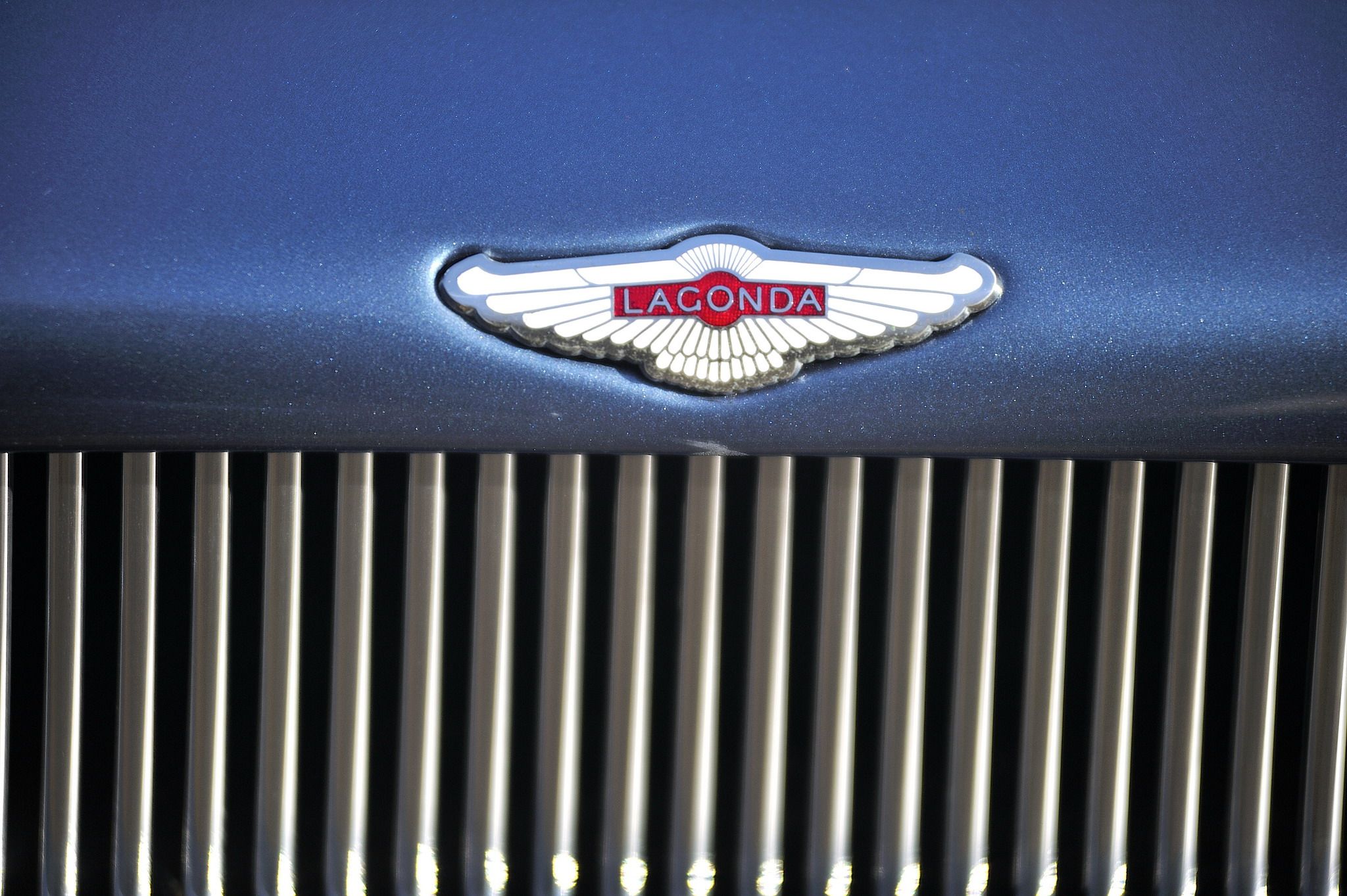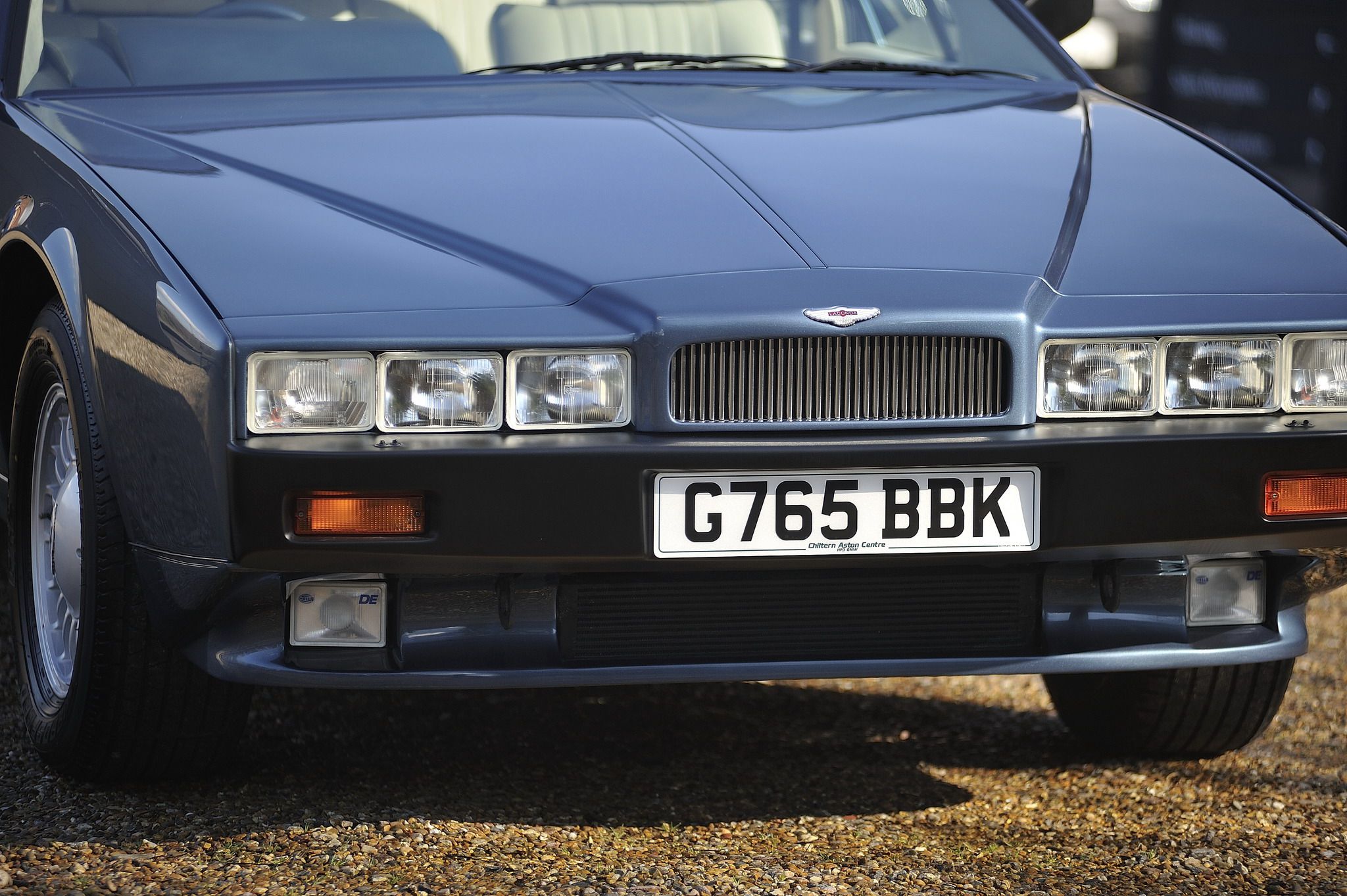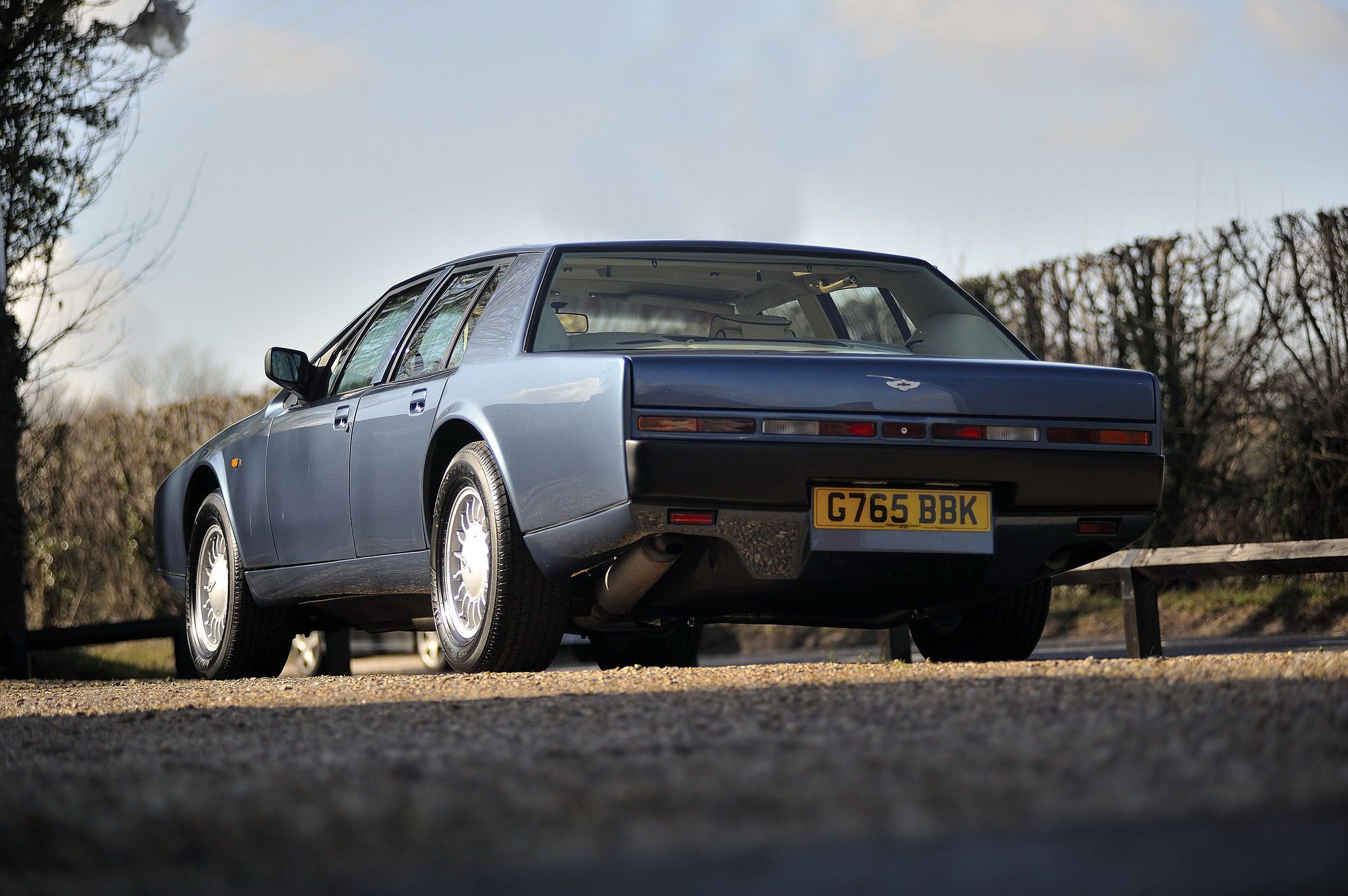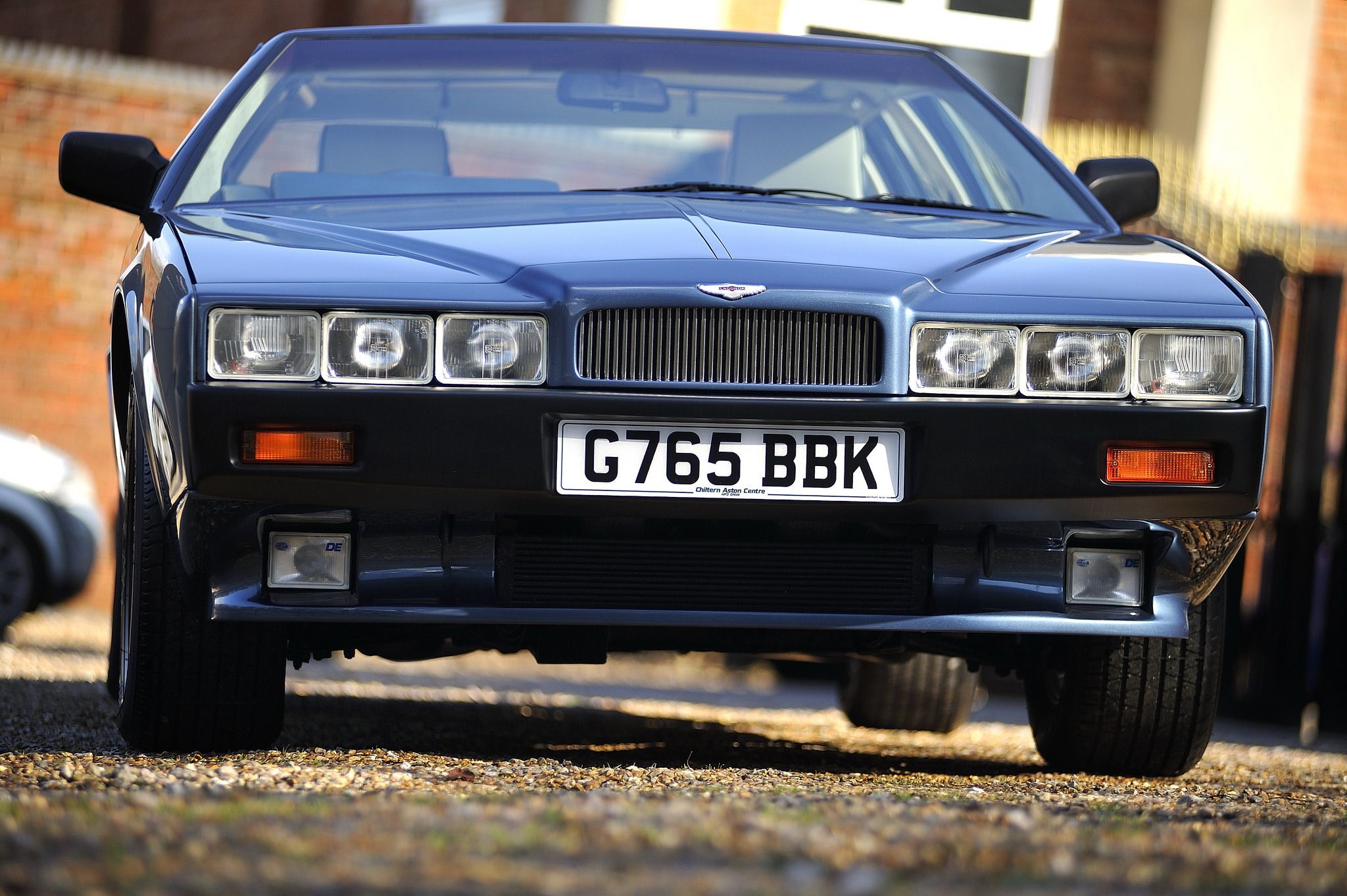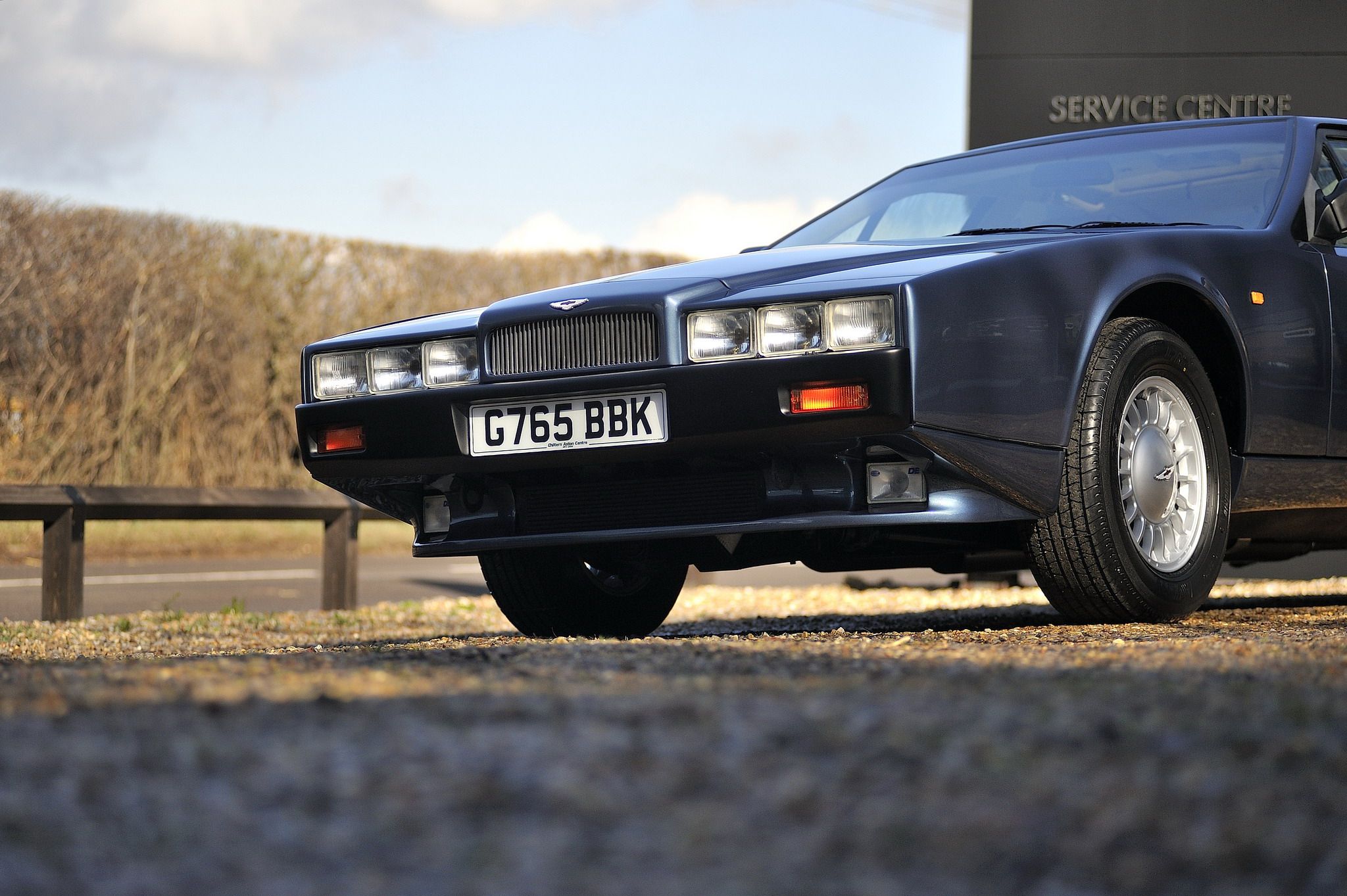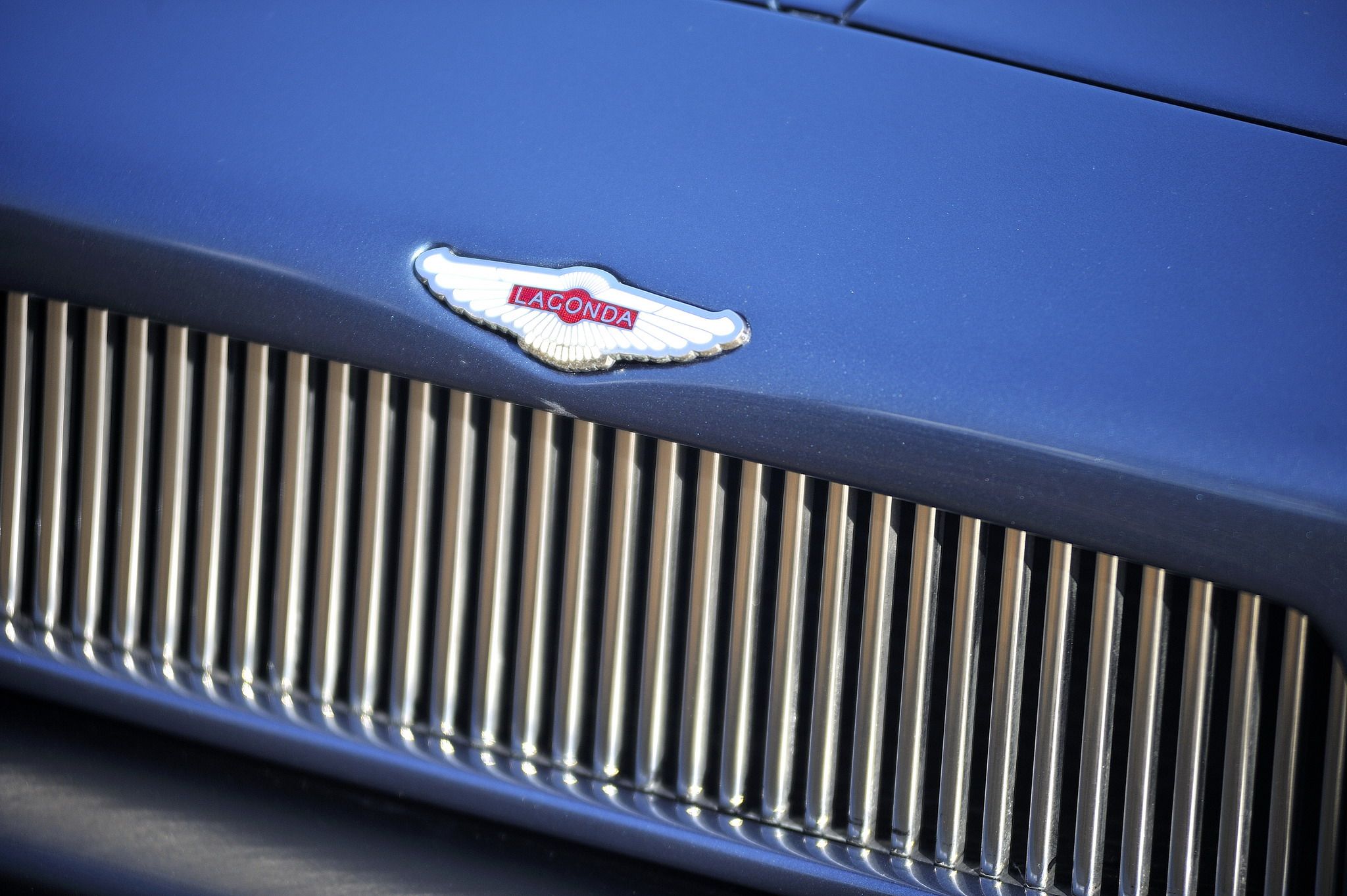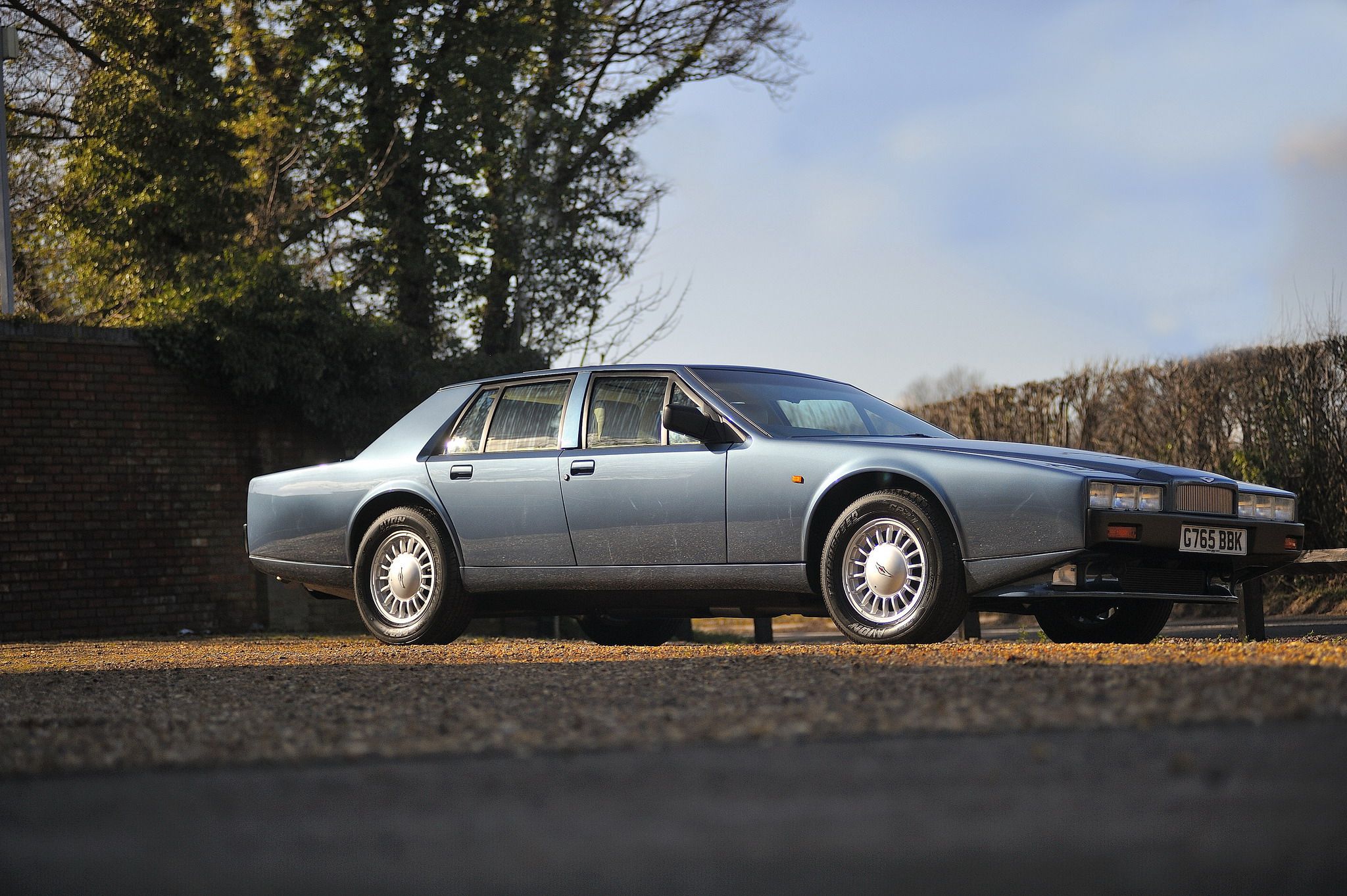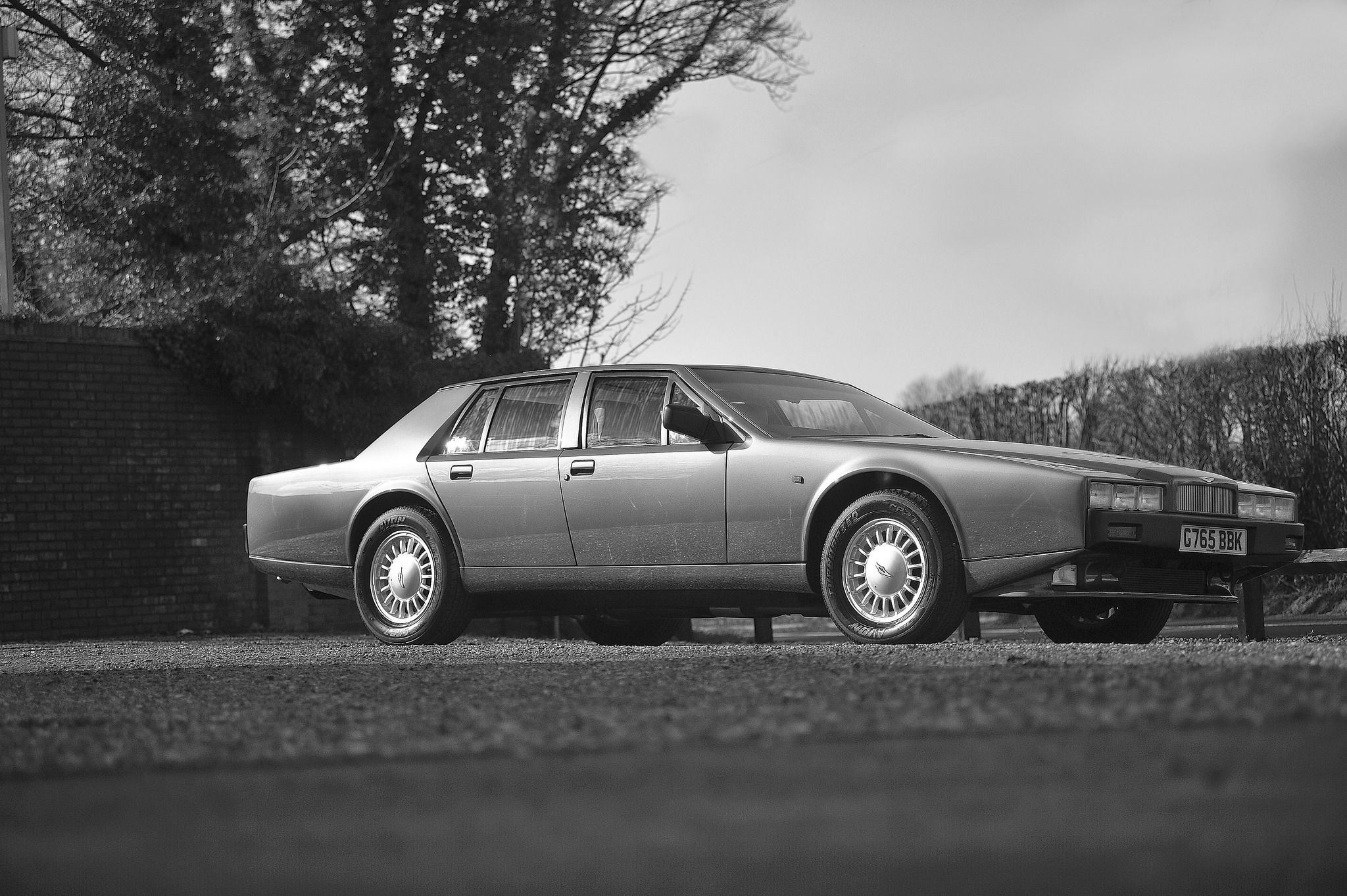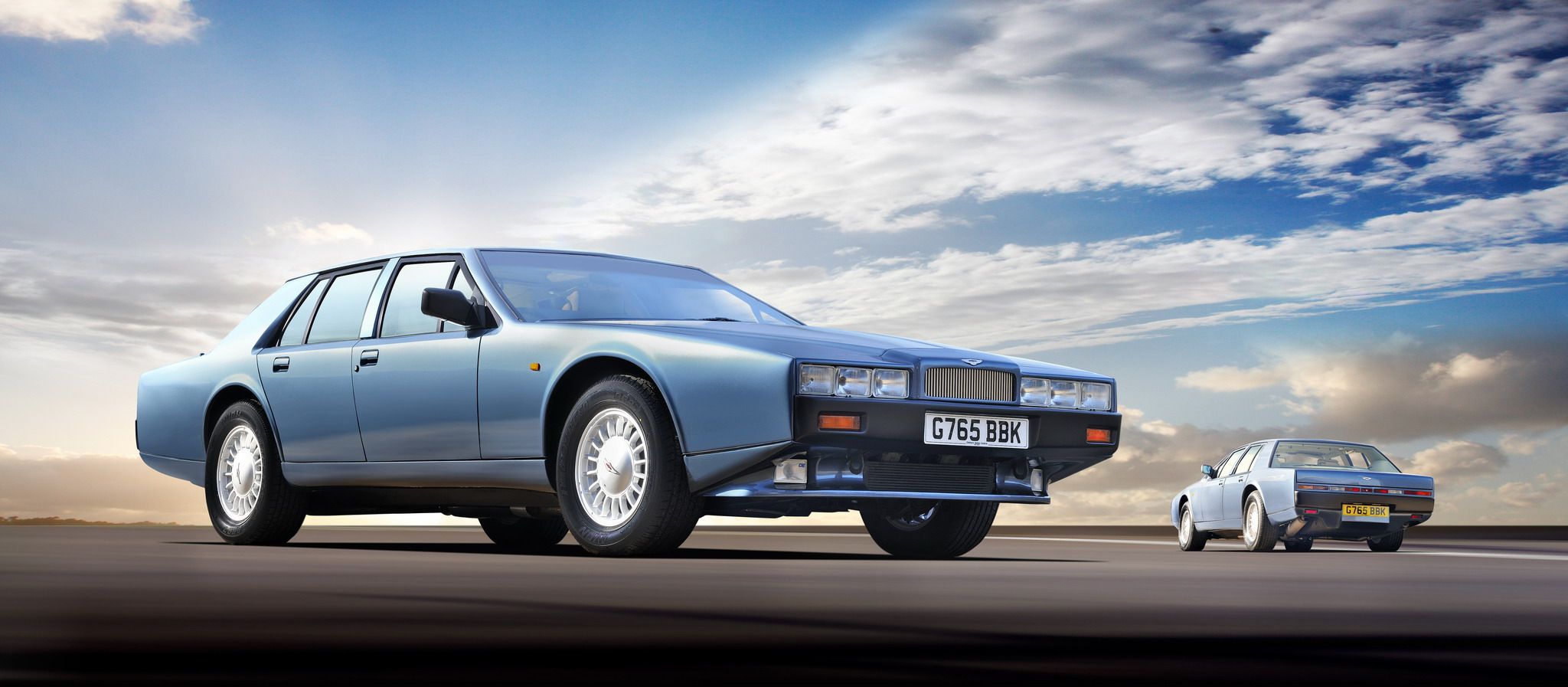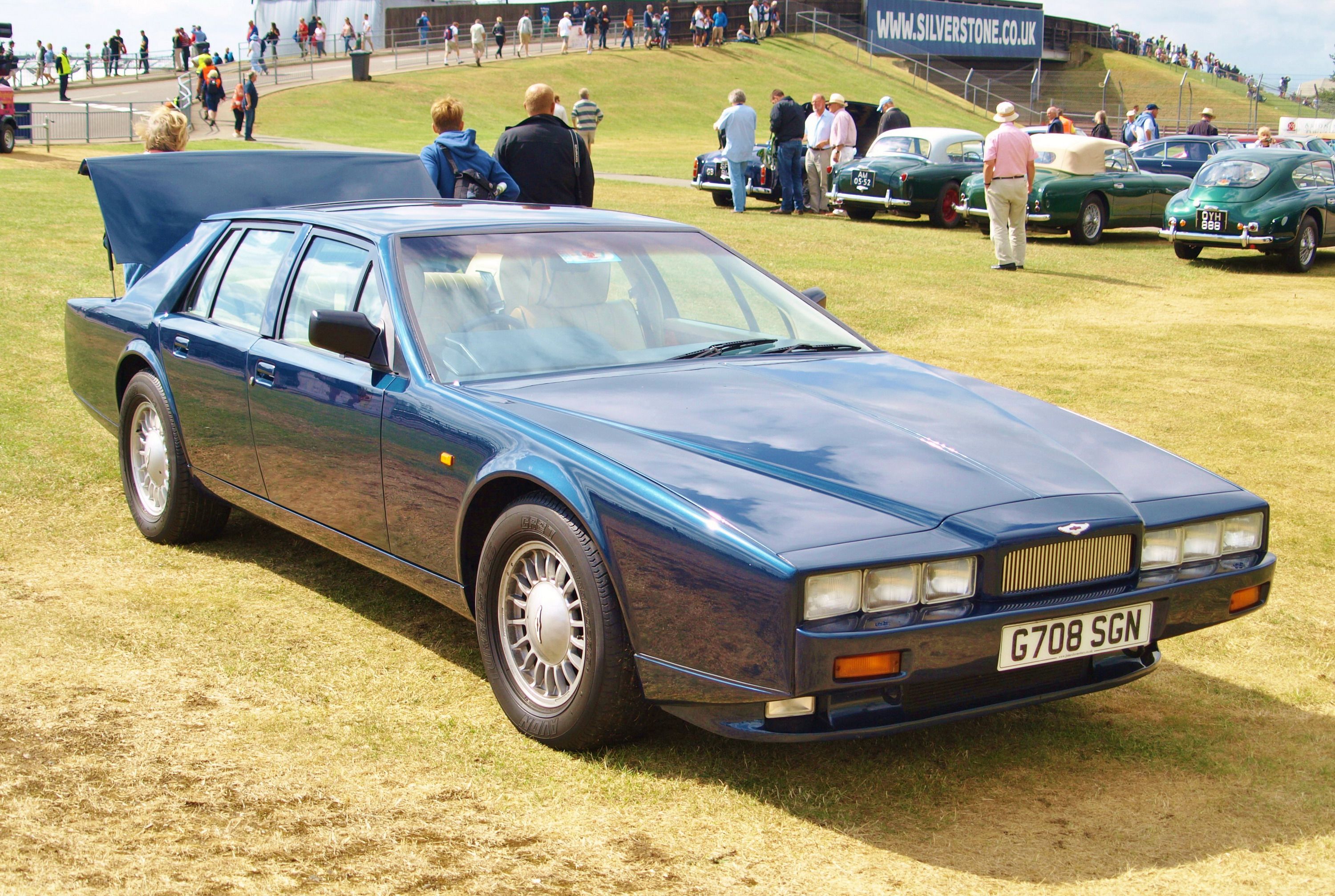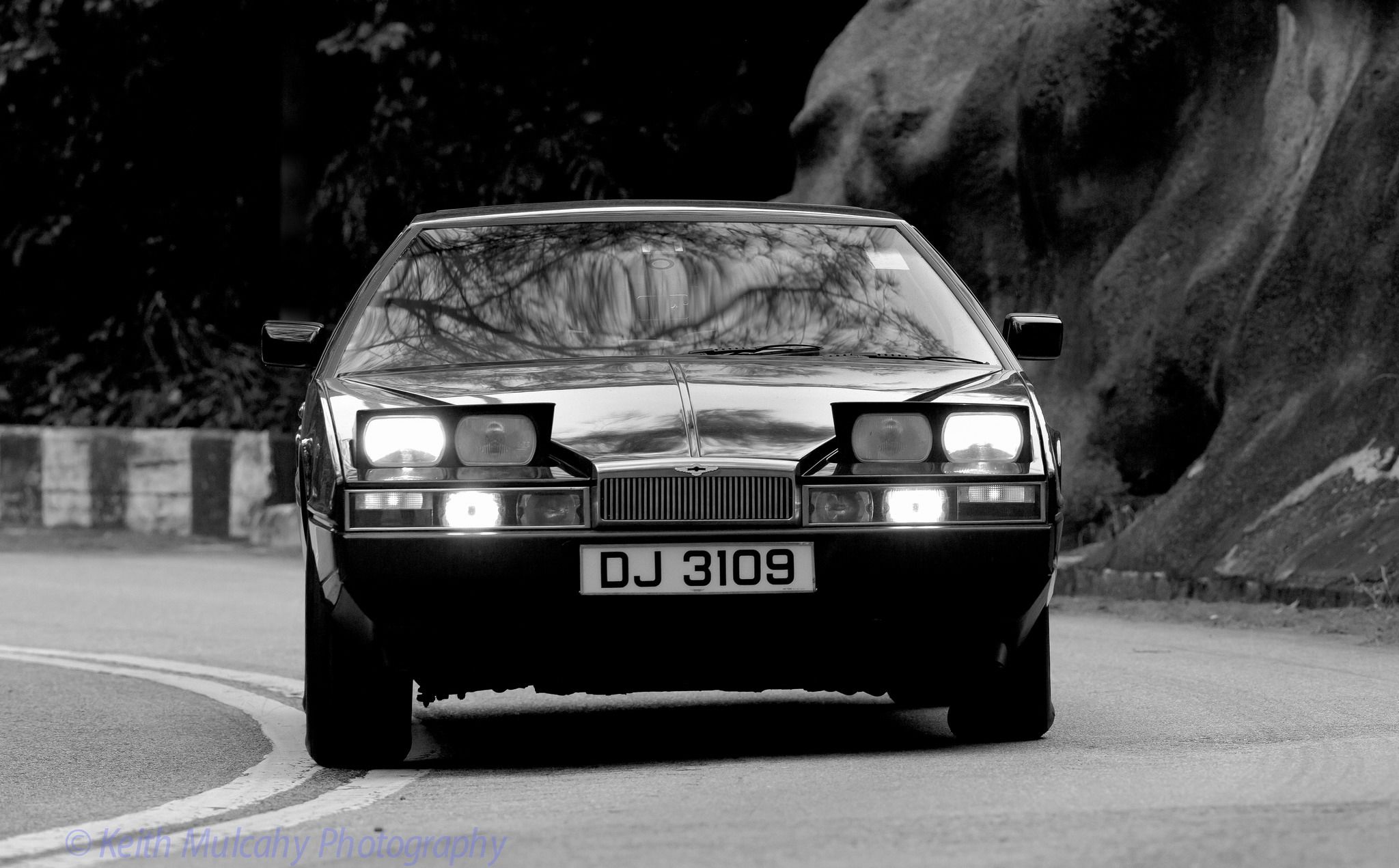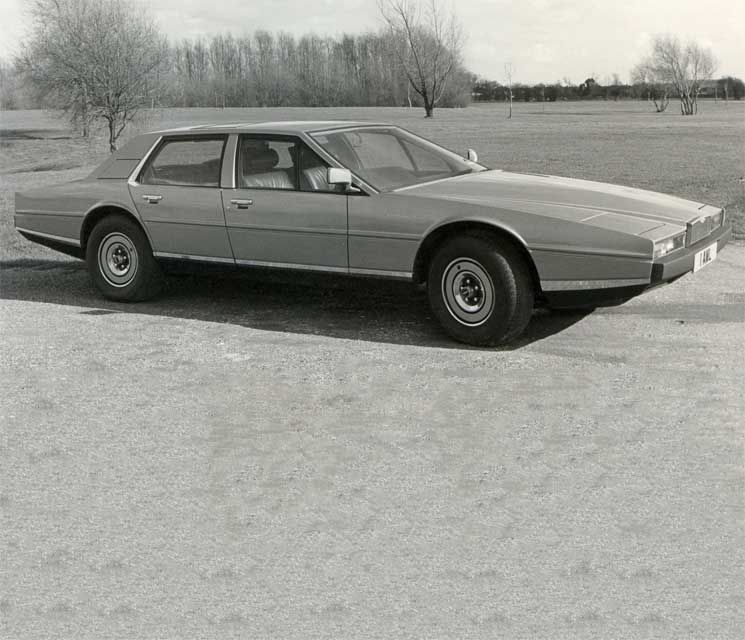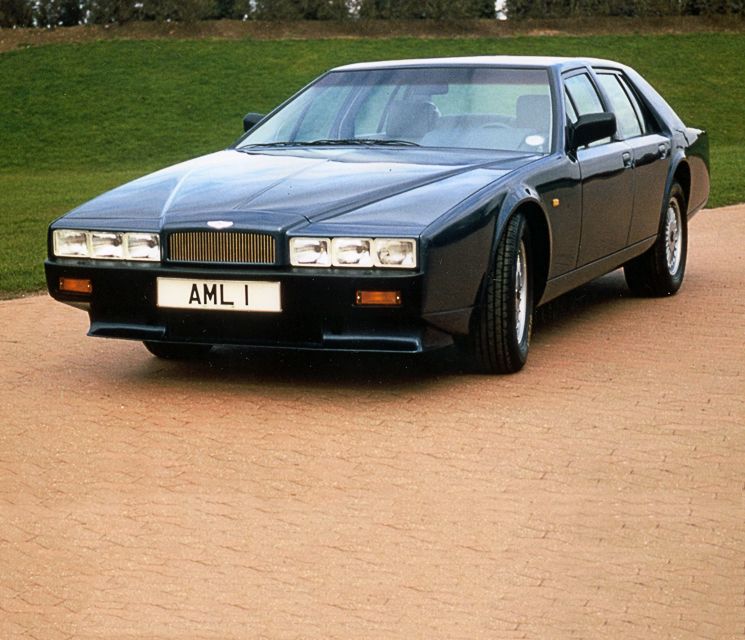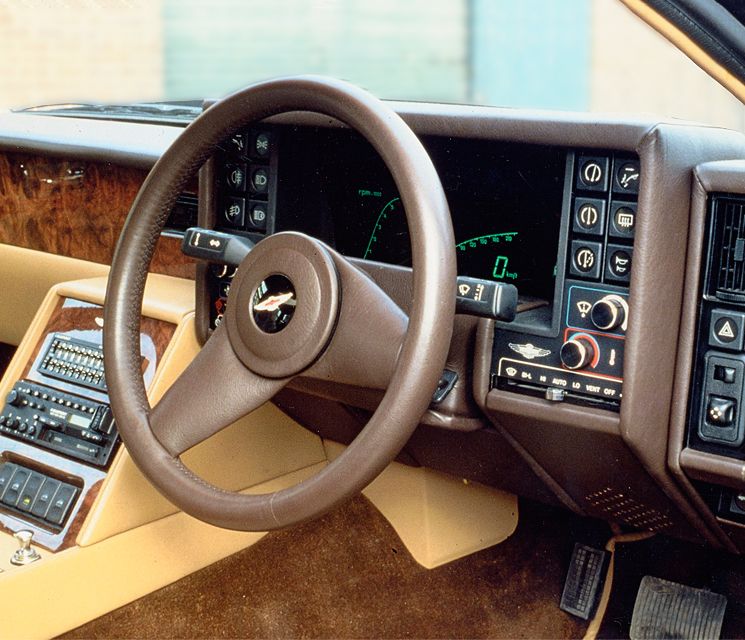There was a well-established manufacturer half a decade before Aston Martin->ke13 known as Lagonda. With some early success, Lagonda->ke3711 became quite famous in its time till the consequences of World War II caused major struggle to the manufacturer. In 1947, Aston Martin took possession of Lagonda and reserved the name of limited number, ultra-luxurious sedans->ke142.
Aston Martin resurrected the hibernating Lagonda name in 1974 at London Motor Show by announcing the “Aston Martin Lagonda V8->ke347”, of which only seven units were made. The new model revived name received a humdrum response from the market and Aston Martin went back to drawing board with William Tomas. In 1976, Aston Martin lifted the curtains from a striking new concept model which surged the popularity of the Lagonda brand in quick succession. Its redesigned Lagonda received a wild response and orders piled in. With demands breaking through the roof and production rate limited to only one per week, Aston Martin rolled out the first production model in 1979 and three years later, the car finally got cleared for sale in USA.
To make the exceptional design possible Aston Martin’s engineer pushed the V-8 engine as far back as possible and even then more room was required to make the mechanism work. The engineers hatched a new intake system to compensate the space, which restricted the engine output. Tackling the issue, Aston Martin installed larger intake valves after mending the engine’s cylinder walls to meet the expected power delivery.
Aston Martin launched the Lagonda Series 3 in 1986 at New York Motor Show and the Series 4 was unveiled in all-new form in 1986.
Images via Flickr.
Click past the jump to read more about the 1976-1989 Aston Martin Lagonda.
1976 - 1989 Aston Martin Lagonda
- Make: Array
- Model: 1976 - 1989 Aston Martin Lagonda
- Engine/Motor: V8
- Horsepower: 280 @ 5000
- Torque: 360 @ 3000
- Transmission: 3-speed automatic
- [do not use] Vehicle Model: Array
Exterior
It was shocking to see such a futuristic design coming from the Aston Martin stable. The car has unbelievably low hoodline raising the question of how Aston Martin managed to hide the V-8 between the front tires. It seemed like every inch of the vehicle had been designed with a ruler, which shows in the form of creases, straight lines and angled slopes all over the car.
The pointing bonnet looked sharp, and from the front it still looks relatively modern. The simple-looking front fascia had a slim grille with vertical bars and two angled lines diverging out creasing the bonnet with an Aston Martin logo sitting proudly in the middle. Three headlamps on either side gloriously stretched to the boundary of the body.
The streamlined body with a prominent crease starting from front bumper to the rear bumper added a touch of appeal to the four-door sedan. The roof was low-slung and the extended rear made it feel premium and unique. The rear continued the sharp design with array of lights running through the width of the car.
To call the Lagonda unique was an understatement, regardless of what planet you haled from. It dang near bordered on ugly, but it had just enough style to make buyers interested in it
1976-1989 Aston Martin Lagonda - Exterior Dimensions
|
Length |
5,283 MM (207.9 Inches) |
|
Width |
1,816 MM (71.5 Inches) |
|
Height |
1,302 MM (51.3 Inches) |
|
Weight |
2,064 KG (4,550 Lbs) |
Interior
If the exterior was astonishing, the interior of this vehicle was exemplary! Aston Martin, inspired by aerospace industry, placed a digital dashboard in the Lagonda -- a first for the automobile industry. As we all know, being the first of anything in the auto industry typically leads to disaster, and the digital dash was no exception.
Aston Martin Langoda also featured computer-controlled systems for the first time ever. Touch-sensitive buttons featured in the car to control almost everything. including the headlights, power windows, cruise control, automatic climate control, power door locks and three-position memory seats. Again, these high-end, new-age system were nightmares for owners.
The luxurious interiors also offered leather seats along with Wilton wool carpets on floor and burl walnut trim.
Was the Lagonda's cabin an awesome place to be? Yes... when everything was working properly, which was a rarity.
Drivetrain
Aston Martin Lagonda received a V-8 engine with 5,340 cc of displacement. The TorqueFlite, three-speed automatic transmission -- sourced from Chrysler -- was fitted for durability and smooth transitions. The power peaked at 280 horsepower at 5,000 rpm taking car from standstill to 60 mph in just 7.9 seconds, while the top speed was 148 mph.
The fuel injected engine of Series 2 had initially had power output figure of 305 horsepower in Europe. Buyers in the U.S. only enjoyed 240 horsepower, due to stricter emission regulations.
1976-1989 Aston Martin Lagonda - Drivetrain/Specifications
|
Engine Type |
DOHC V8, 5340 cc |
|
Output |
280 bhp @ 5000 rpm |
|
Torque |
360 lbs-ft @ 3000 rpm |
|
Transmission |
3-speed automatic |
|
Top Speed |
148 mph |
|
0 – 60 mph |
7.9 sec |
Prices
The Lagonda's price tag was another sore spot, as it cost £24,570 in 1977. Prices jumped to £37,500 in 1979, and all the way up to £79,500 in 1986.
Conclusion
A car designed strictly following the aerodynamic rules cannot look beautiful but the Lagonda looks nothing less than majestic. The car is one of its kinds and had anything and everything a manufacturer can offer at that time. The powerful engine and plush interiors managed to turn every head on the move. The huge response from the market that really did not care about the price tag showed how brilliantly the car was made. On the flip side, however, its unreliable electronics really made it a tough car to love in its era.

